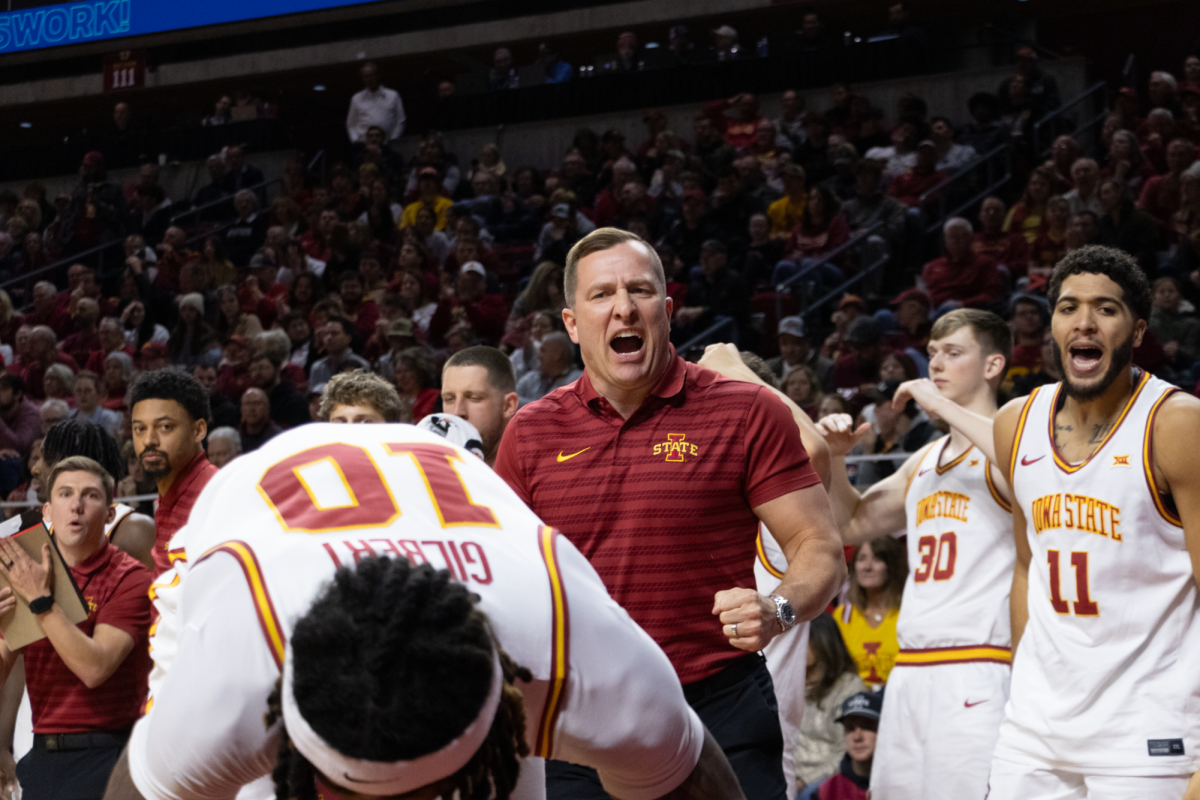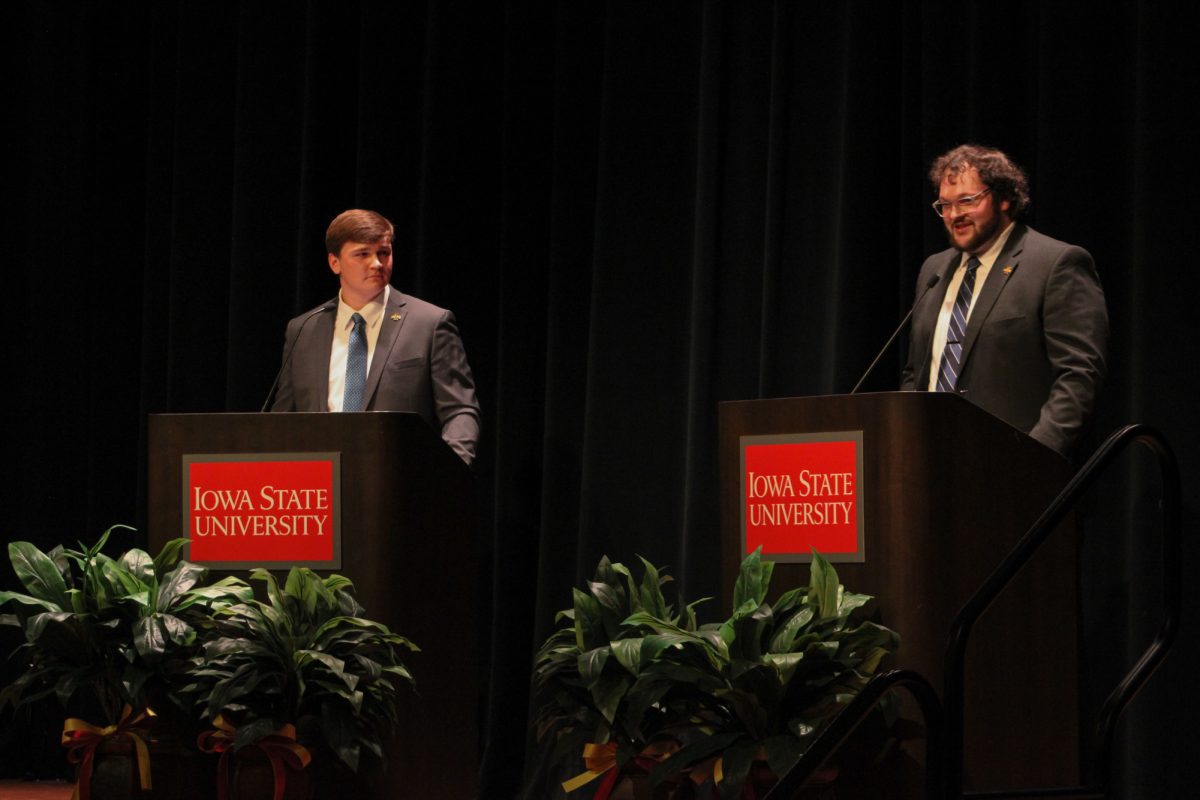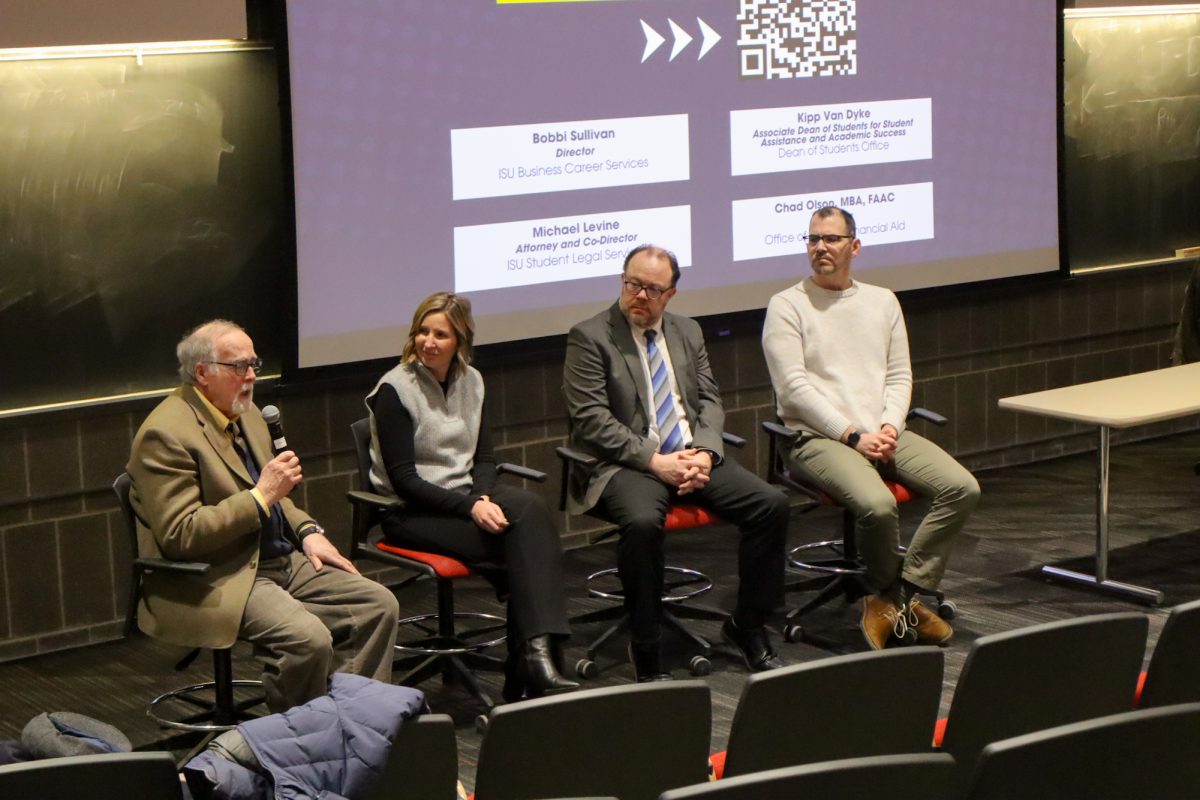Slippery exhibit rips into Gallery 181
November 6, 2000
Shredding books into hundreds of scraps may not seem like the most intelligent idea on the surface, but for Barbara Berk, it’s art. Letters and words become objects in “Words Are Slippery. So Are Images,” an exhibit that debuted Thursday at Gallery 181 and runs through Dec. 1.
A book stands on its side, and its letters form the pages in a pile at the base of the book. This is one of Berk’s pieces that plays with the relationship between illusion and reality.
“She is looking at letters as objects that could fall off the page,” said Barbara Bruene, retired associate professor of art and design. “They are objects that have shape and design separate from their function as a communication device.”
Other works include books that are modified by cutting a cross-section, and books whose pages have been shredded into quarter inch strips and sit on shelves.
“It is an allusion to printed materials that become packing materials that once began as thoughts,” said C. Arthur Croyle, director of Gallery 181 and director and professor of art and design.
In “Whirling Dervishes,” 22 rolls of newspapers have been shredded at the bottom half of a stand and take on an illusion of motion as they are scattered throughout a square on the floor.
“She goes back to printed materials again and again to make them into new forms,” Croyle said.
In “Unidentified Flying Object,” books have become new objects as they have been cut to resemble two birds that hang 6 inches from each other.
“She looks at printed materials differently, as objects that can become different images,” Croyle said.
A thin cross-section of a book resembles an animal pelt that is hung on the wall like an animal skin or trophy in “Pelt.”
“The books were so transformed that I was not immediately aware of what it was,” Bruene said.
The books have been transformed beyond their original intent into new objects that carry a new message. This causes the viewer to no longer accept the book as truth but to look into books critically.
“She is deconstructing the authority of the word to see which values lie underneath,” said Dennis Raverty, associate professor of art history. “Instead of each of us surrendering to one idea, we become our own authority on how we interpret ideas.”
Among the works that Berk labels as “altered books,” are drawings of action and photos that relate to perception. In the drawings she has placed her arm in one location and uses the action in the wrist to create lines with a pencil, sharpening it after each stroke.
“She is drawing an action rather than an object,” Croyle said. “The action becomes the art.”
“Two Thousand Revolutions” was drawn using the entire circular motion of the arm. Berk stood in front of a large paper attached to the wall and made 2,000 circles on the paper using the motion of the entire arm.






